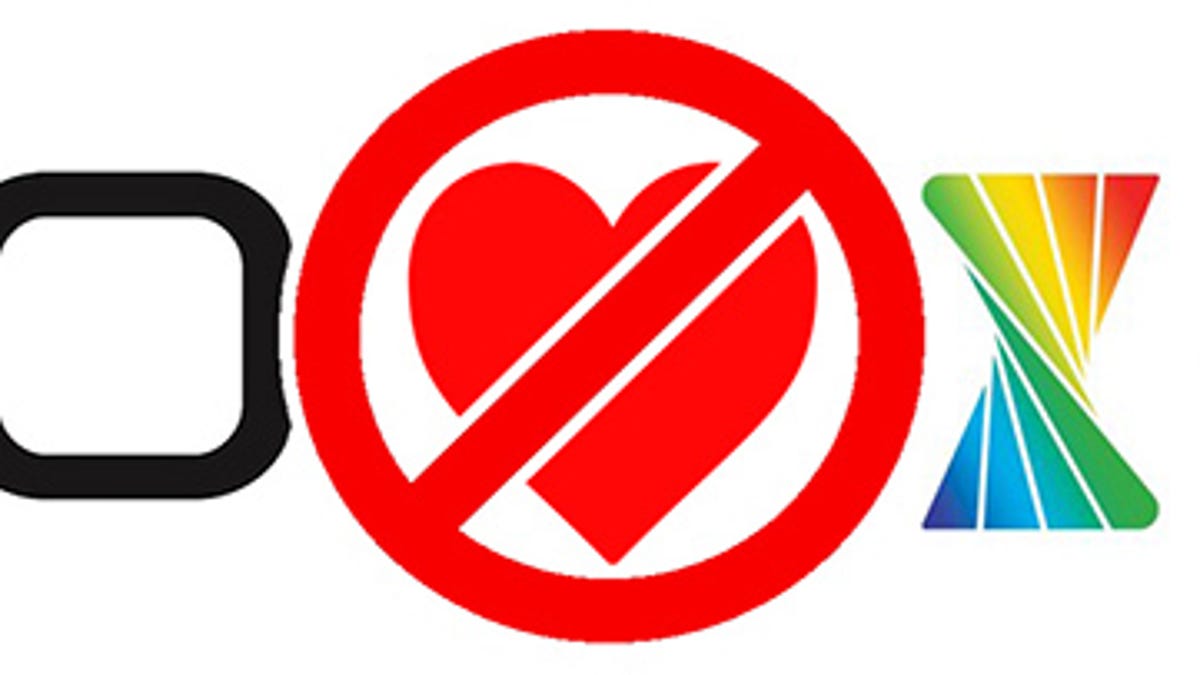Vizio says new TV certification program has 'serious problems'
The UHD Alliance is a collection of companies with the goal of making sure Ultra HD catches on. The most notable nonmember is TV maker Vizio, and in an exclusive statement to CNET it tells us why.

I recently told you about UHD Alliance Premium Certified, a program that aims to set picture quality standards for new TVs and Ultra HD Blu-ray software. I found the idea potentially helpful for shoppers, with the caveat that it wasn't the whole picture when it comes to image quality.
Vizio, the number two TV maker in the US, is one of the few TV companies that isn't a member of the UHD Alliance. After a few weeks of CNET pestering Vizio's representatives for a statement on why that's the case, the company finally responded. It calls into question the very premise of the program.
"Vizio sees value in the industry specifying a premium experience for consumers, but the 'Premium 4K' certification program proposed by the UHDA falls short and has serious problems," it begins.
The company points out that the program lacks detail on how to measure the specifications, such as maximum brightness, light output and contrast ratio, that the TVs need to achieve UHDA certification. It goes on to tout the Dolby Vision format for high dynamic range as superior to the HDR10 format, and cite its own specifications for its expensive Reference Series TVs.
"Vizio has a number of concerns with the authenticity of the agenda of the organization and whether its certification program will realize the promise of HDR performance and benefit consumers," the company said. "These concerns are evidenced by certification specifications that are lower quality than what Vizio believes should be set for a true premium consumer experience."
Click here to see Vizio's statement in full.
Vizio's Reference Series TV, which starts at $6,000, doesn't have UHD Alliance Premium certification.
Does Vizio have a point?
In my opinion, Vizio has some rational complaints, similar to the ones I laid out in my original article. Certain performance characteristics are specified, but how those numbers are measured is not.
This is one of the main problems we've had with contrast ratio specifications since, like, forever -- they're all lies due to lack of measurement standards. TV makers have mostly stopped publishing contrast ratio specifications recently, something we applaud.
Further, a TV could pass the Certified test, but not look as good as a TV that doesn't. It's possible for an edge-lit local dimming TV to meet the spec and be "Premium Certified" but not look as good as a back-lit local dimming TV (like the Vizio Reference Series) that doesn't meet the spec.
I'm not saying that Vizio's contrast ratio claims are any more accurate than those of the UHD Alliance, but its criticism of the spec is valid.
The UHD Alliance responds
We reached out to the UHD Alliance and asked them to respond to Vizio's statement. The reply doesn't deny Vizio's specific claims about measurement methods, but it does address the issue of formats.
"...the UHD Alliance respectfully rejects the premise of its Vizio colleagues," it reads in part. "The Ultra HD Premium specification is format-agnostic, making a television's support of HDR10 or DolbyVision irrelevant to Ultra HD Premium certification."
As you'd expect from statements from companies and trade associations, there's some truth in all this, and some obfuscations. For instance, yes, the Premium certification is format-agnostic, in so far as it doesn't specify a format. But it's pretty clear that the creators of the certification had clear intentions that their products would pass, and others wouldn't. Is that wrong? No, but it does show this isn't a "neutral" body.
Click here to read the UHD Alliance's full response.
Bottom line
So what does it all mean to a TV buyer? As I said in my initial article, the UHD Alliance Premium Certified indicates that product meets particular performance points, but that doesn't mean said TV necessarily performs better than a TV that doesn't have the certification. I called the certification a "signpost" you can use while shopping, and that's still true.
But like all signposts, it's probably also good to watch where you're going.
Got a question for Geoff? First, check out all the other articles he's written on topics such as why all HDMI cables are the same, LED LCD vs. OLED vs. Plasma, why 4K TVs aren't worth it and more. Still have a question? Tweet at him @TechWriterGeoff then check out his travel photography on Instagram.

